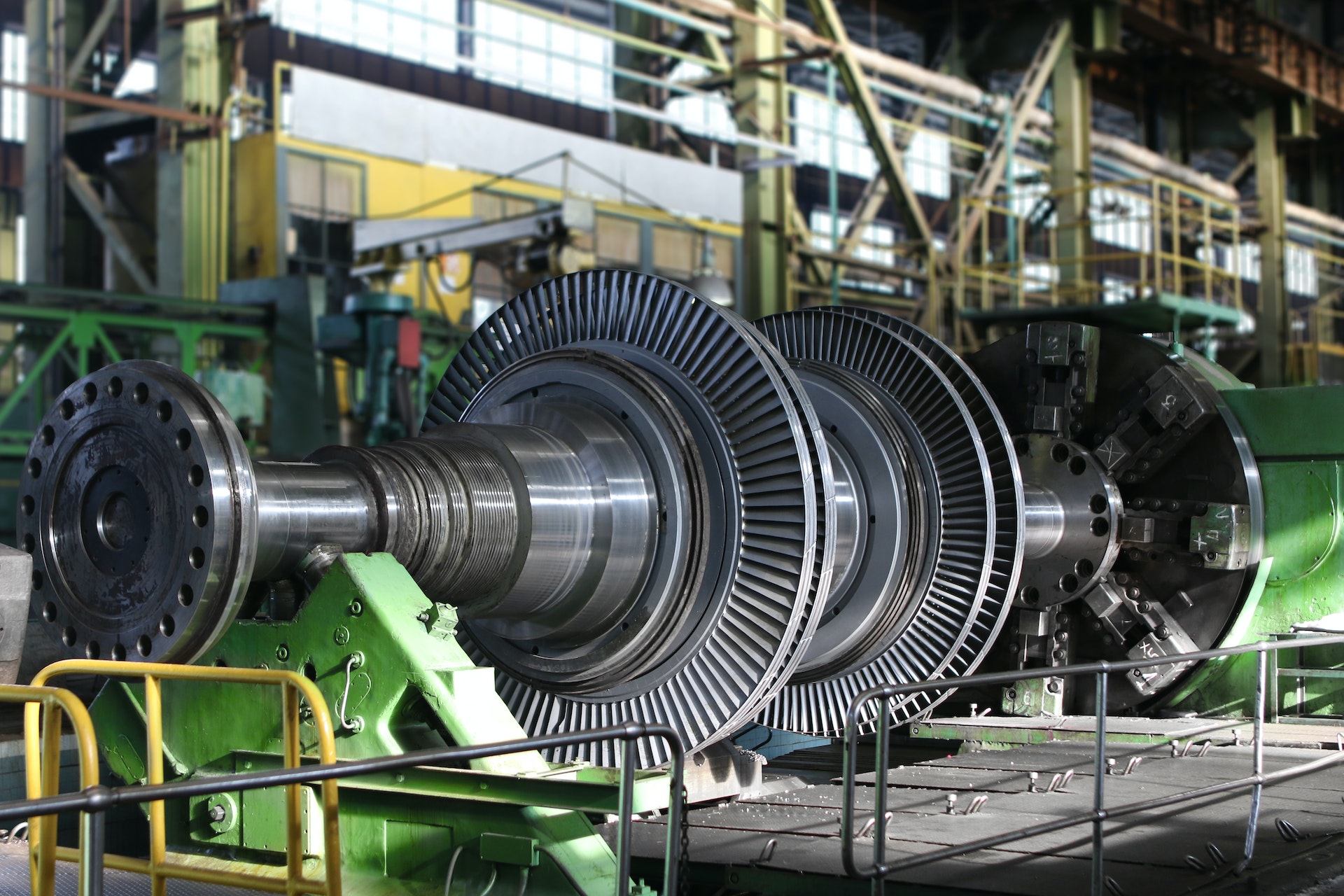The Difference Between Stainless Steel Descaling and Passivation
The terms “descale” and “passivate” are a source of some confusion in the metal finishing industry. We’ve often received descale requests that are called “passivate,” for example — but in reality, the customer is looking for descaling. The reverse has also happened. While these terms are sometimes conflated, they’re not interchangeable. Each refers to a unique process within the larger stainless steel surface treatment process.
What Is Descaling?
Descaling is the removal of buildups from the surface of the steel. It’s essentially a cleaning process that’s part of pre-finishing. Any sort of unwanted deposits — oxide scale, coke, or fouling — can be removed through descaling, but the most frequent culprits are heat scale (discoloration that occurs when a part is heated or cooked) from hot-forming, heat-treatment, welding, or other operations at high temperatures. The result is a renewed smooth surface finish.
Since new products are supplied in a smooth, flawless condition, the stainless steel descaling process is generally used for the restoration of parts that have already been in service, not during the fabrication of equipment or initial construction of systems.
What Is Passivation?
Stainless steel passivation is a chemical process. A bath of nitric or citric acid removes free iron from the surface of the steel, “passivating” it and creating an inert, anti-corrosion top layer that won’t rust.
This layer forms because all stainless steel contains at least 10% chromium. When exposed to oxygen (after free surface iron is removed), chromium reacts and creates a thin but strong passive layer of chromium oxide, which inhibits the steel’s reactivity and the formation of rust. Passivation occurs naturally over time, but chemical agents accelerate this process significantly.
Why are Stainless Steel Descaling and Passivation Sometimes Confused?
The source of the confusion is that both processes are often applied to the same part — generally one right after the other.
Descaling and passivation are each discrete steps in the full end-to-end cleaning and refurbishment process for stainless steel components. Stainless steel parts in need of restoration will often first be cleaned and descaled to remove soot or coke or other buildups, then passivated to protect the restored surface from further corrosion. Descaling may even be necessary for passivation to be effective, depending on the condition of the part before cleaning. You can learn more about the ASTM A380-17 process for the Cleaning and Passivation of Stainless Steel on the ANSI blog.
Restore Your Parts to Optimal Performance With MFT
Metal Finishing Technologies takes on substantial descaling and passivation work for our metal finishing customers with industry-leading turn times. Our facility houses an automated passivation line that accelerates the process with safe, Nadcap-certified elements from end to end. The controls and audits we have in place ensure reliable, high-quality results.
Ultimately, whether you’ll need to descale or passivate your stainless steel components is at your own discretion. Fouled parts can benefit from a thorough descaling process, and when corrosion resistance is a top priority, it is worth considering the option of passivation after that. Get in touch with our expert team for a fast quote within 24 hours.

